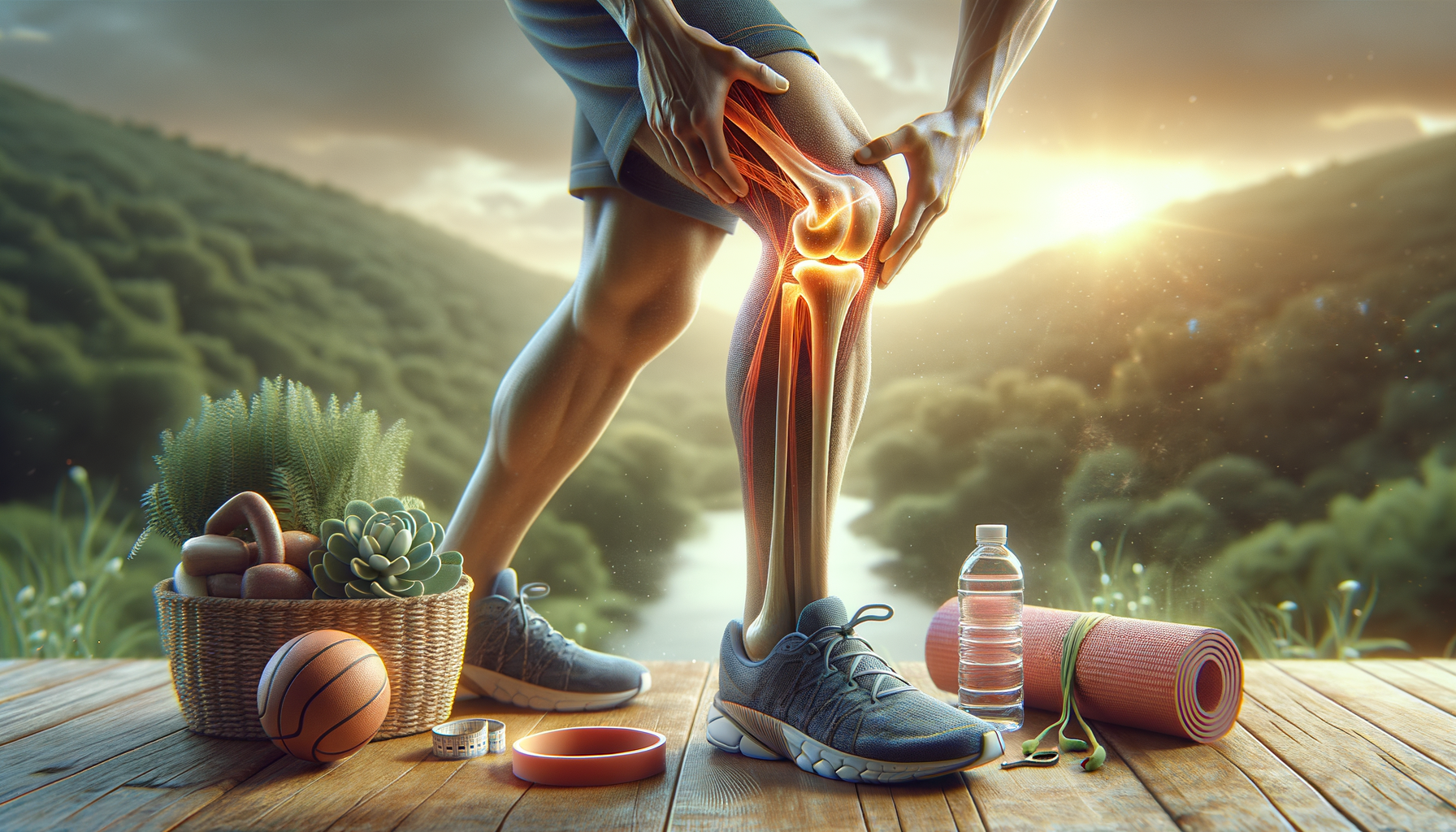Understanding the Causes of Knee Pain
Knee pain is a common ailment that affects individuals across various age groups and activity levels. Understanding its causes is crucial in addressing and managing the condition effectively. Knee pain can arise from a multitude of factors, each contributing uniquely to the discomfort experienced. Some of the most prevalent causes include injuries, medical conditions, and overuse.
Injuries such as ligament tears, fractures, and dislocations are among the leading causes of knee pain. These can occur as a result of sports activities, accidents, or sudden impacts. For instance, an anterior cruciate ligament (ACL) tear is a common sports-related injury that can lead to significant knee pain and instability.
Medical conditions like arthritis, gout, and infections can also induce knee pain. Osteoarthritis, in particular, is a degenerative condition that wears down the cartilage in the knee joint, causing pain and stiffness. Rheumatoid arthritis, an autoimmune disorder, can lead to inflammation and swelling in the knee, exacerbating the pain.
Overuse of the knee joint, often seen in athletes or individuals with physically demanding jobs, can lead to chronic knee pain. Conditions such as patellar tendinitis, commonly known as “jumper’s knee,” occur due to repetitive stress on the knee, leading to pain and inflammation.
Understanding these causes helps in devising appropriate treatment plans and preventive measures, ensuring that knee pain is managed effectively and efficiently.
Symptoms and Diagnosis of Knee Pain
Recognizing the symptoms of knee pain is the first step towards effective diagnosis and treatment. While pain is the most evident symptom, it is often accompanied by other indicators that can provide insights into the underlying cause.
Common symptoms associated with knee pain include swelling, stiffness, and a reduced range of motion. Swelling can occur immediately after an injury or develop gradually, indicating inflammation or fluid accumulation in the joint. Stiffness, particularly after periods of inactivity or in the morning, is a sign often associated with arthritis.
In some cases, individuals may experience a popping or crunching noise when moving the knee, which can be indicative of cartilage damage or a ligament injury. Instability or a feeling that the knee is “giving way” can suggest ligament tears or weakness in the surrounding muscles.
Diagnosing knee pain typically involves a combination of physical examination and imaging tests. A healthcare professional may assess the knee’s range of motion, stability, and any visible swelling. Imaging tests such as X-rays, MRI, or CT scans can provide a detailed view of the knee’s internal structures, aiding in identifying fractures, tears, or degenerative changes.
Early diagnosis is crucial in preventing further damage and ensuring that the appropriate treatment is administered promptly.
Treatment Options for Knee Pain
Treating knee pain effectively requires a comprehensive approach that addresses the underlying cause while alleviating symptoms. Treatment options can range from conservative methods to surgical interventions, depending on the severity and cause of the pain.
Conservative treatments often include rest, ice application, compression, and elevation, commonly referred to as the R.I.C.E method. These measures can help reduce inflammation and alleviate pain in the initial stages of an injury. Over-the-counter pain relievers and anti-inflammatory medications are also frequently recommended to manage mild to moderate pain.
Physical therapy plays a pivotal role in treating knee pain, particularly in cases related to muscle weakness or imbalance. A tailored exercise program can strengthen the muscles surrounding the knee, improve flexibility, and enhance stability, thereby reducing pain and preventing future injuries.
For more severe cases, such as significant ligament tears or advanced arthritis, surgical options may be considered. Procedures like arthroscopy allow for minimally invasive repair of damaged tissues, while knee replacement surgery may be necessary for severe degenerative conditions.
It is essential to consult with a healthcare professional to determine the most appropriate treatment plan based on individual needs and the specific cause of knee pain.
Preventive Measures for Knee Pain
Prevention is always preferable to treatment, and there are several strategies individuals can adopt to minimize the risk of developing knee pain. Maintaining a healthy lifestyle and incorporating preventive measures can significantly reduce the likelihood of knee injuries and chronic pain.
One of the most effective preventive measures is engaging in regular exercise that focuses on strengthening the muscles around the knee. Strong quadriceps, hamstrings, and calf muscles provide better support to the knee joint and reduce the risk of injuries. Low-impact exercises such as swimming, cycling, and walking are excellent choices for maintaining joint health without putting excessive strain on the knees.
Maintaining a healthy weight is also crucial, as excess body weight can place additional stress on the knee joints, increasing the risk of arthritis and other degenerative conditions. A balanced diet rich in anti-inflammatory foods can support joint health and reduce the risk of inflammation-related pain.
Wearing appropriate footwear, particularly during physical activities, can help in properly aligning the leg and reducing the risk of knee injuries. It is also advisable to use protective gear such as knee pads during high-impact sports or activities.
By adopting these preventive measures, individuals can significantly reduce their risk of experiencing knee pain and enhance their overall joint health.
When to Seek Medical Attention for Knee Pain
While many cases of knee pain can be managed with home remedies and conservative treatments, certain situations warrant immediate medical attention. Recognizing when to seek professional help is crucial in preventing further damage and ensuring effective treatment.
If knee pain is accompanied by severe swelling, redness, and warmth around the joint, it could indicate an infection or a serious inflammatory condition that requires medical intervention. Similarly, if the pain is the result of a significant injury, such as a fall or accident, and is accompanied by an inability to bear weight on the leg, immediate medical evaluation is necessary.
Persistent pain that does not improve with rest and conservative measures, or pain that disrupts daily activities and quality of life, should also prompt a visit to a healthcare professional. Early intervention can prevent the progression of underlying conditions and improve outcomes.
In cases of chronic knee pain, a healthcare provider can offer guidance on long-term management strategies and recommend appropriate treatments. Regular check-ups and monitoring can help in identifying any changes in the condition and adjusting the treatment plan accordingly.
By being vigilant and seeking timely medical attention, individuals can effectively manage knee pain and maintain their mobility and quality of life.



Leave a Reply